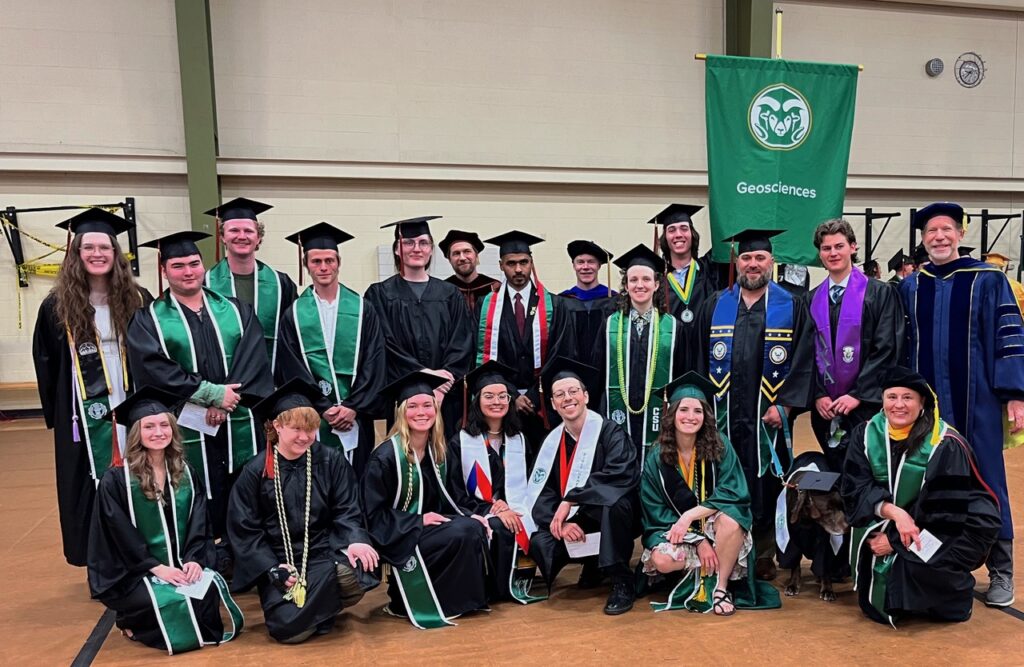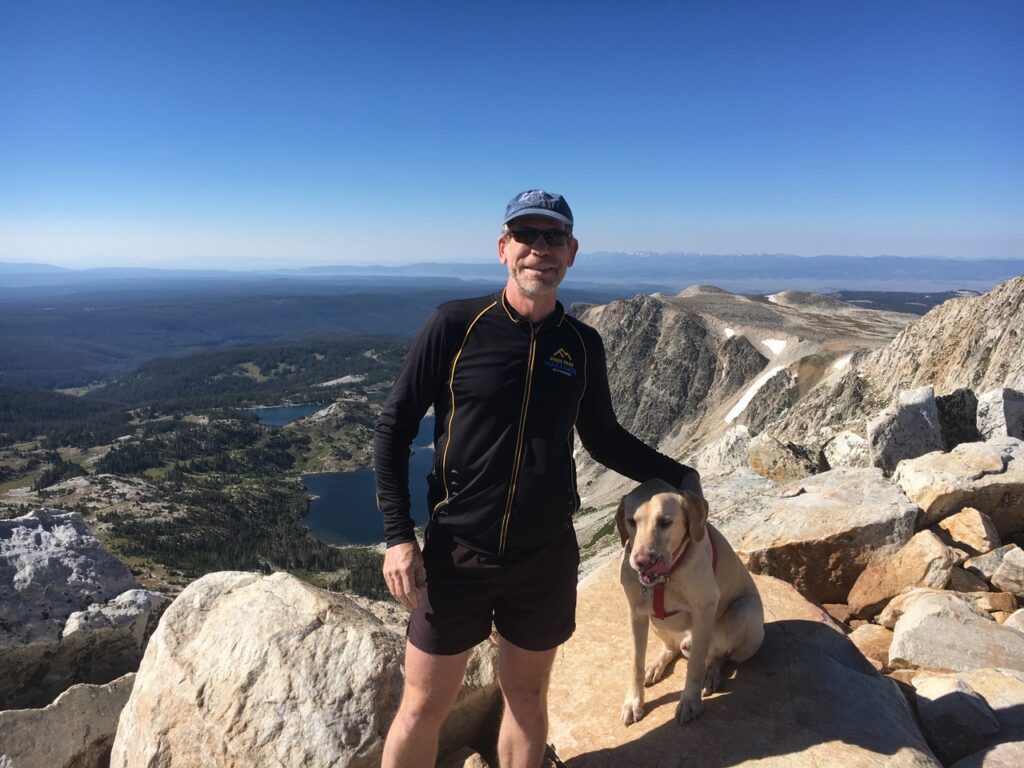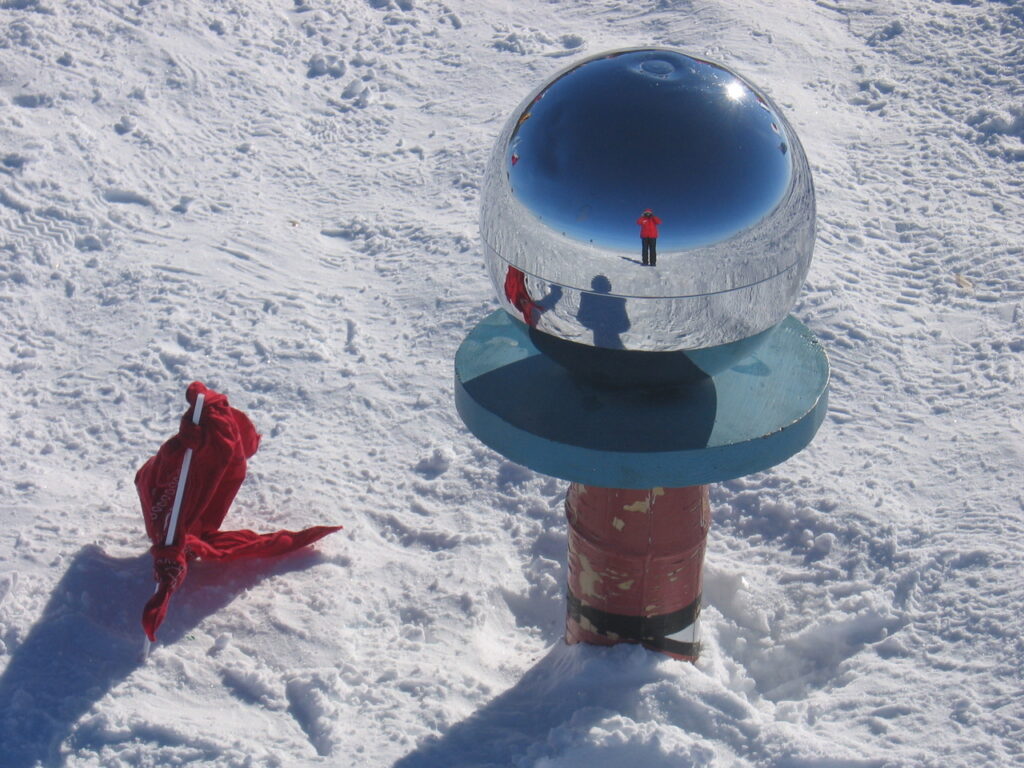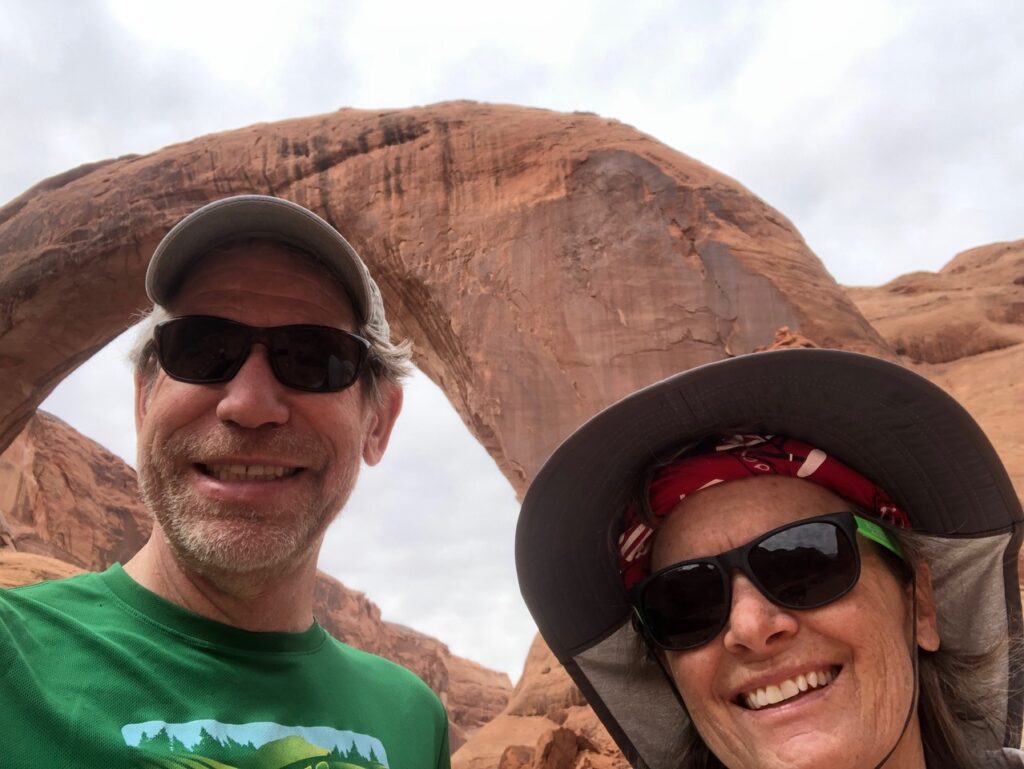
As Richard (Rick) Aster prepares to begin his 2024–2025 sabbatical following more than 10 years as head of the Geosciences Department at Warner College of Natural Resources, he is more optimistic than ever that Colorado State University is a spectacular place to build and strengthen an academic department. “I’m pleased with what our department has accomplished during my time as department head,” said Aster. “We have an outstanding community of faculty, staff, graduate and undergrad students, and I feel strongly that the department will continue to advance under the leadership of my successor, Joel Pederson.”
“Rick’s longevity as department head speaks for itself. After a decade, he is one of the best department heads we’ve had at Warner College,” said Ed Warner, for whom Warner College is named. “He understood what it took to grow the department from both the faculty and the student perspective.”
Aster became department head in January 2014 following 20 years as a faculty member and department chair at the New Mexico Institute of Mining and Technology. He describes this time as “tricky” due to the challenges of being new to this complex role and CSU. He credits the Geosciences faculty and former Warner College Dean John Hayes with being essential sources of support who helped him navigate the learning curve associated with joining and leading the Geosciences Department.
According to him, the work of a department head can involve “multi-tasking to an extreme,” and he quickly found himself working simultaneously as a leader, visionary, planner, administrator, mentor, occasional crisis manager, fundraiser, alumni coordinator, teacher and researcher. A long-distance runner, Aster did not shy away from the endurance required for this role.

He has since dedicated his time as department head to building a strong, resilient and highly relevant modern Earth sciences department, working to improve research, grow a constructive and engaged community, advance collaboration, diversify the department’s disciplines and support a positive and dynamic culture.
During Aster’s tenure, the department saw sustained undergraduate and graduate enrollment, growth of its Ph.D. program, six new faculty members and adaptation to the fast-changing world of modern geology, geophysics, hydrology, climate science and other Earth science disciplines. He also dedicated much of his own NSF-supported and other research efforts to seismology research in the continents and oceans, including a late-2023 published study, finding that storms are intensifying as the climate warms and that this signal can be globally studied by analyzing ocean wave-generated seismic signals.
“Rick has been a highly supportive head who has consistently striven to promote the professional opportunities and growth of the Geosciences faculty,” said Geosciences and University Distinguished Professor Ellen Wohl. “He has expanded the department and overseen multiple new initiatives for students, faculty and staff that have benefited the department, college and university.”

With his upcoming sabbatical starting this fall, Aster is eager to connect with colleagues and pursue new research and research partnerships, which will focus on further studying the global seismographic signals generated by Earth’s oceans and Antarctic seismology. This will include analyzing data from a new seismic instrument near the U.S. Amundsen-Scott South Pole Station that converts a buried optic fiber into thousands of distinct seismic sensors.
During his sabbatical, Aster will complete endowed appointments at Princeton University and at the California Institute of Technology where he will build new institutional and research connections as a visiting faculty member. Following his year away, he will return to CSU as a Geosciences faculty member.
This is not the first time that Aster has taken a sabbatical, and he encourages fellow faculty members to make the most of this remarkable opportunity. Prior to joining CSU, he spent a previous sabbatical working in Golden, Colorado with the United States Geological Survey’s National Earthquake Information Center.
“Sabbaticals are amazing opportunities for professional growth,” said Aster. “I am thrilled to have the opportunity to expand my horizons and bring back new department connections and institutional insights from the experience.”

In 2021, Rick and his wife, Jan Tarr, established the Jan Tarr and Rick Aster Field Camp Endowment to assist future generations of students. If you wish to make a donation in honor of Rick’s service to the Geosciences Department, please consider supporting the Tarr-Aster Field Camp Endowment.
Donations can be sent to the Colorado State University Foundation at P.O. Box 1870, Fort Collins, CO 80522. Please include his name and “Jan Tarr and Rick Aster Field Camp Endowment (82285)” in the memo line. You can also make a gift online. Kindly include Rick Aster’s name under “Tribute” to make the gift in his honor.